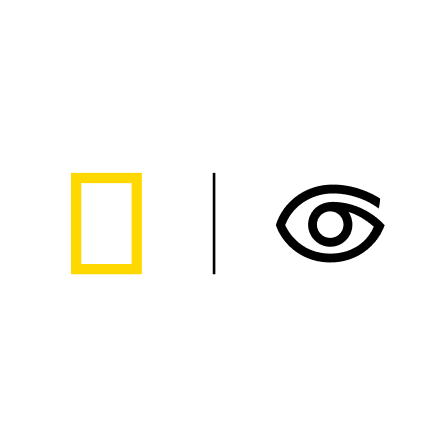What could be more appropriate than talking about navigation when we are almost half way between South America and Africa, in the Atlantic Ocean? During the morning lecture we showed the interesting and intriguing video titled "Lost at Sea".
On October 22, 1707, a dark, foggy night, three Royal Navy ships were approaching England after a successful campaign against the French. They were heading for Plymouth but suddenly hit the rocks at the Isles of Scilly. The whole crew, several hundred men, disappeared into the ocean. The reason for the disaster was bad navigation!
As a result of this catastrophe the British Parliament passed the Longitude Act (1714), which offered a prize equal to a king's ransom for a " Practical and Useful" means for determining longitude. The prize was £20,000 - several million dollars today!
Navigation was based on sure knowledge of the latitudes - known for centuries - but no one knew how to determine longitude. Dead reckoning was the only method used to navigate, and wind, currents and fog made it sometimes very hard. In this photo First Officer Anders Danker is shown reading the sextant to determine the current latitudes.
Finding tool for determining longitude was a more intriguing problem and many masterminds of the eighteenth century, Newton included, tried to solve it. Everyone knew the core of the problem had to do with determining the time from a fixed position, but to find that position and a chronometer that could survive the ocean motion, was much harder.
Whiston & Ditton, both mathematicians in England, wanted to try anchoring a line of ships between England and America that would fire guns every hour. This would be highly problematic and a new fleet would need to be anchored at 600-mile intervals. They calculated the depth of the North Atlantic as 300 fathoms at its deepest, when in fact the average depth is more like 2000 fathoms.
This idea soon abandoned, and a man without any formal education, John Harrison, came up with the answer. This was, successively, the H-1, H-2, H-3, H-4, and at the same time a strategic weapon against the French and of course top secret as all new weapons are.
What did he do? He was able to build a clock that could withstand the ocean motion and still give the correct time. The last model he built was brought onboard the Resolution in 1772, to be tested by the circumnavigator of this century, James Cook.
After several successful trips, Harrison claimed the prize. But it took nearly 40 years for an aged and exhausted Harrison, taken under the wing of King George III, to ultimately claim his rightful monetary reward in 1773; forty struggling years of political intrigue, international warfare, academic backbiting, scientific revolution, and economic upheaval.
Something for us all to remember as we today so easily look at our digital watches. What time is it?



